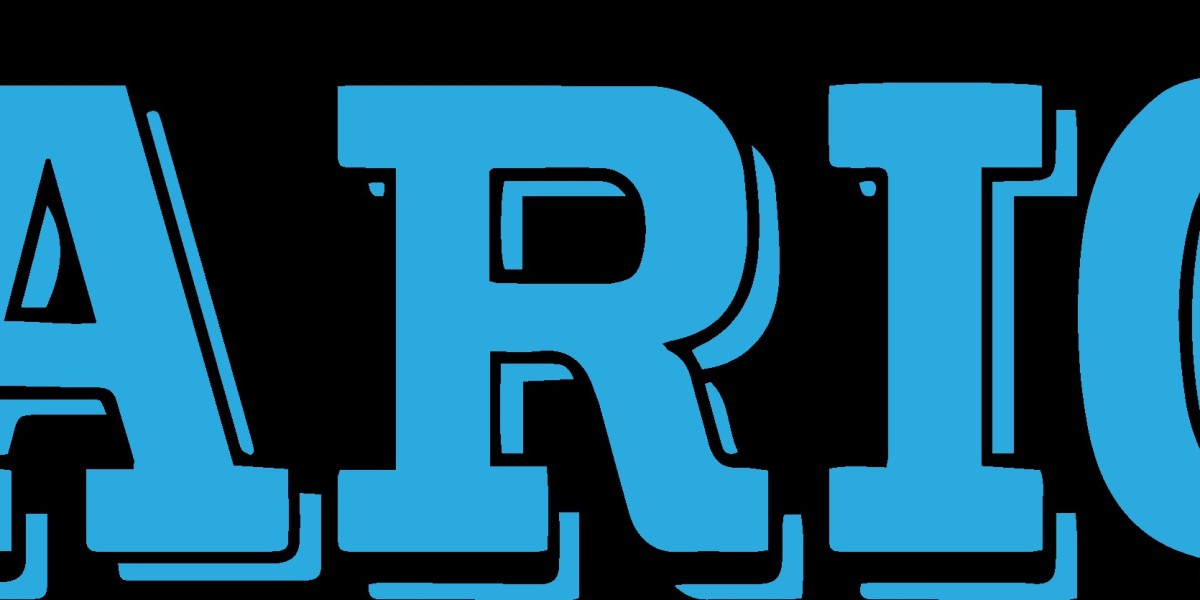Catering success hinges not only on your food and service but also on how well your equipment is organized and deployed. A poorly planned setup can lead to service delays, staff congestion, or food that’s cold before it even reaches the guest. In contrast, a thoughtfully designed equipment layout can streamline your operations, reduce stress, and significantly boost your overall efficiency.
Whether you're catering a wedding for 200 or setting up a mobile food station at a corporate event, this guide will show you how to strategically plan your catering equipment setup for maximum performance and seamless execution.
1. Know Your Event Space Before You Arrive
Efficient setups start with understanding the layout of your event location. Every venue presents different challenges—space constraints, uneven terrain, limited power access, or traffic flow restrictions. Always conduct a site visit or obtain a detailed floor plan before the event.
Key things to determine:
Where power sources, water access, and loading zones are located
Entry and exit points for staff and guests
Whether you’ll be indoors or outdoors
Any restrictions on gas, open flames, or noise
Knowing these logistics allows you to plan your setup with realistic expectations and avoid time-wasting surprises.
2. Map Out Your Workflow Zones
Catering setups should mirror the flow of food production: prep → cooking → holding → plating → service. Break your space into clear zones to avoid staff overlap and confusion.
Consider establishing these key zones:
Prep Zone: For cutting, mixing, and assembling ingredients
Cooking Zone: For hot food production using ovens, burners, or fryers
Holding Zone: For hot boxes, warming cabinets, or insulated transporters
Plating Zone: Where dishes are garnished and finished before serving
Service Zone: For buffet lines, passed trays, or distribution windows
Design your layout so that staff can move naturally from one step to the next, with no crisscrossing paths or congestion points.
3. Choose the Right Equipment for the Job
Efficiency isn’t about having more equipment—it’s about having the right equipment. Select tools based on the event size, menu, and venue limitations.
Tips for efficient selection:
Use multi-functional equipment (e.g., combi ovens, induction cookers with griddle attachments)
Avoid bulky gear if space is limited—go for compact, stackable units
For outdoor events, choose propane-powered or battery-operated tools
Bring backup power cords, extension strips, and extra propane tanks to avoid last-minute scrambles
By tailoring your equipment to each specific event, you can reduce transport load and speed up your setup.
4. Use Portable and Modular Stations
Pre-assembled modular stations for prep, cooking, or serving save enormous time. Set these up in your commissary or truck, then roll them into place at the venue.
Ideas for modular efficiency:
Folding tables with built-in shelving or storage
Rolling carts for utensils, spices, and small appliances
Portable sinks with onboard water tanks for sanitation compliance
Insulated food carriers that double as prep surfaces
Creating self-contained workstations means fewer moving parts during setup and a smoother transition into full service.
5. Label and Organize Everything in Advance
Efficiency isn’t just about speed—it’s about clarity. Pre-label your bins, containers, and cases so every team member knows where each item belongs.
Pro tips:
Color-code storage bins for each zone (blue for prep, red for cook, etc.)
Use clear labels with large fonts and waterproof covers
Pre-pack kits (e.g., coffee station kit, chafing dish kit) to reduce guesswork
This kind of organization ensures faster setup, smoother breakdown, and less risk of forgotten or misplaced gear.
6. Position Equipment Strategically to Save Time
During high-pressure service, every second counts. Set up your equipment in ways that reduce walking distance and maximize visibility.
Examples:
Keep warming cabinets as close as possible to the plating area
Place trash and dirty dish bins away from clean zones but still within reach
Set beverage dispensers near exits to prevent crowding at buffet lines
Position utensil and napkin stations after the food line—not before
Small layout choices like these can shave minutes off each guest interaction and eliminate bottlenecks.
7. Allocate Adequate Space for Staff Movement
Cramped setups lead to accidents, frustration, and delays. Ensure you leave enough aisle space between workstations for staff to move comfortably—especially when carrying hot trays or sharp tools.
Recommended spacing:
At least 3 feet between stations
5–6 feet between prep and cook zones if using large equipment
No blocking of emergency exits or guest pathways
Mark floor spaces with tape during setup if needed, especially in shared kitchens or unfamiliar venues.
8. Plan for Clean-Up and Waste Disposal
Efficient cleanup is part of an efficient setup. Create a plan for collecting trash, gray water, and used utensils throughout the event.
Your plan should include:
Designated waste stations with labeled bins (recycling, compost, general waste)
Lidded containers for dirty dishes and linens
A separate cleaning station for wiping surfaces and sanitizing tools
If you're working off-grid, portable sinks and collapsible trash bins are lifesavers for maintaining health compliance and hygiene standards.
9. Set Up with Tear-Down in Mind
Efficient caterers think two steps ahead. How you set up will determine how fast and easy your breakdown will be. Pack and arrange gear so it can be quickly disassembled and repacked.
Smart setup tips:
Use stackable containers and foldable equipment
Store cases and lids nearby for quick access post-event
Keep a separate cart or bin for dirty items to avoid cross-contamination
Planning for teardown from the start helps you meet venue deadlines and keeps your staff energized, not overwhelmed.
10. Do a Final Walkthrough Before Guests Arrive
Once your setup is in place, always do a final walkthrough to check for:
Equipment functionality (heat, refrigeration, electricity)
Safety hazards (cords, slippery floors, blocked exits)
Accessibility for staff and smooth traffic flow
Visual presentation and cleanliness
A 10-minute walkthrough can catch last-minute issues that could otherwise lead to service disruption or guest dissatisfaction.
Conclusion
An efficient catering equipment setup doesn’t just look organized—it functions like a well-oiled machine. With thoughtful planning, the right tools, and a workflow-focused layout, you can save time, reduce stress, and deliver flawless service every time.
By understanding your venue, dividing your zones, using portable stations, and planning for both service and teardown, you position your team for success—regardless of how complex the event may be.









